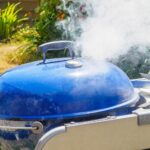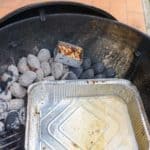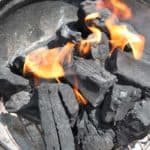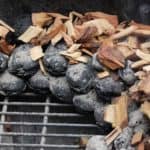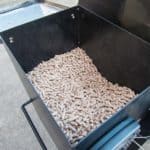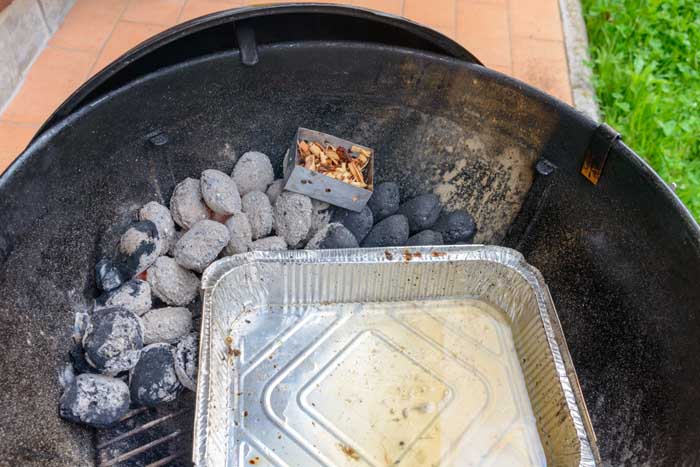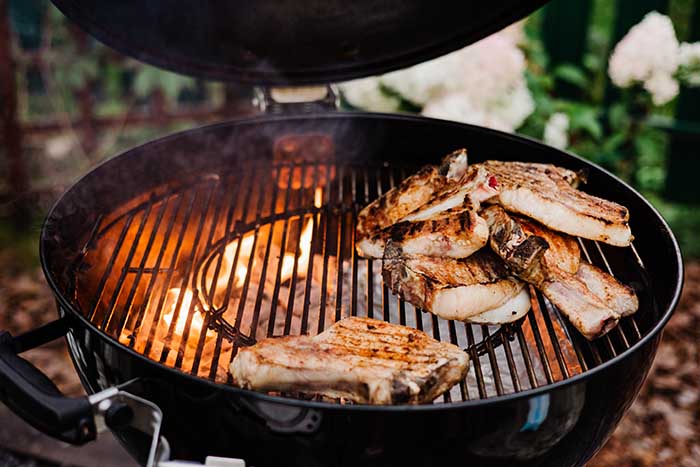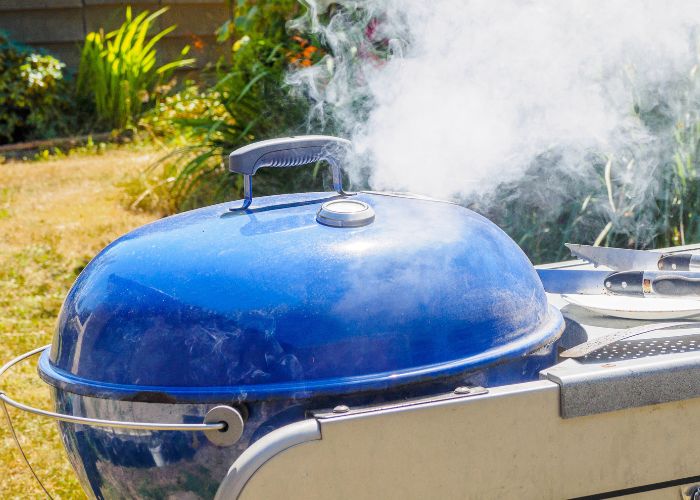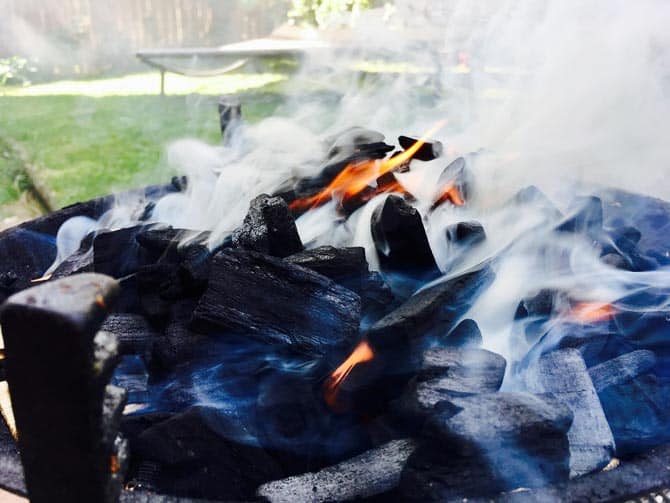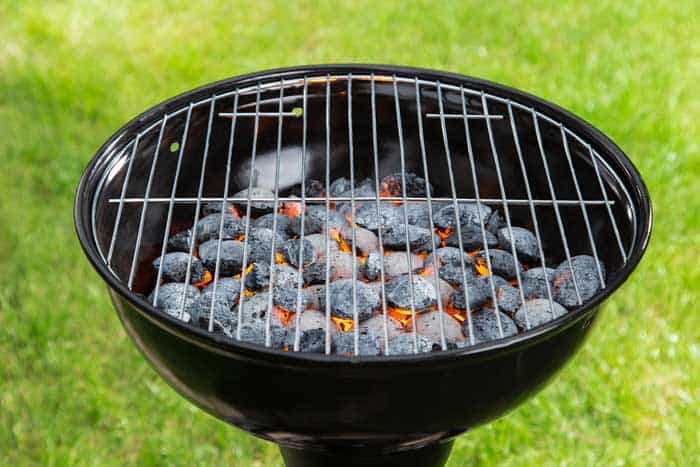Charcoal grill won’t stay lit? We’ve got you. From coal setup to damper settings, discover the best ways to keep your grill going every time.
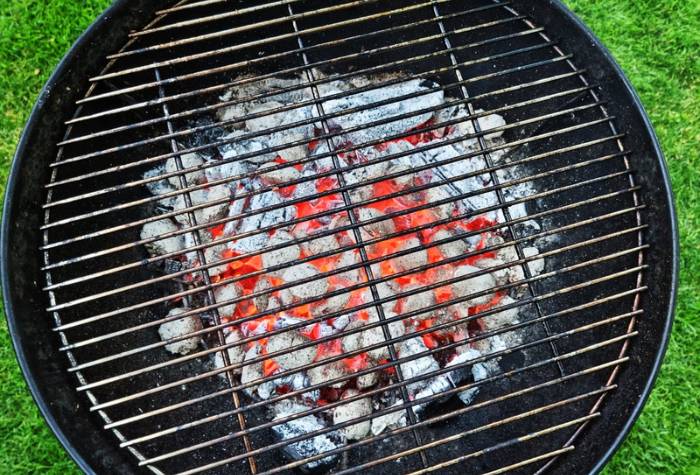
Controlling the heat from your charcoal grill’s coals is notoriously difficult. Whether it’s reducing temperature fluctuations or your flames extinguishing entirely, there are a number of things that can go wrong.
Starting and maintaining a solid heat level while cooking is among the key skills you need for using a charcoal grill. Whether it’s nailing your choice of charcoal or understanding the ideal conditions for lighting your grill, several factors can impact the longevity of your grill’s flames.
The main reasons for charcoal not staying lit are typically related to the setup of the charcoal, as well as airflow and weather conditions. The charcoal needs to be completely dry and positioned properly to light and then needs a steady flow of oxygen to stay lit. If your charcoal is damp from improper storage, or you are smothering the fire without allowing air to reach it, it will go out.
If your charcoal won’t stay lit, you’ve come to the right place. Discover how to keep a consistent and even flame going at all times with these 8 simple tips.
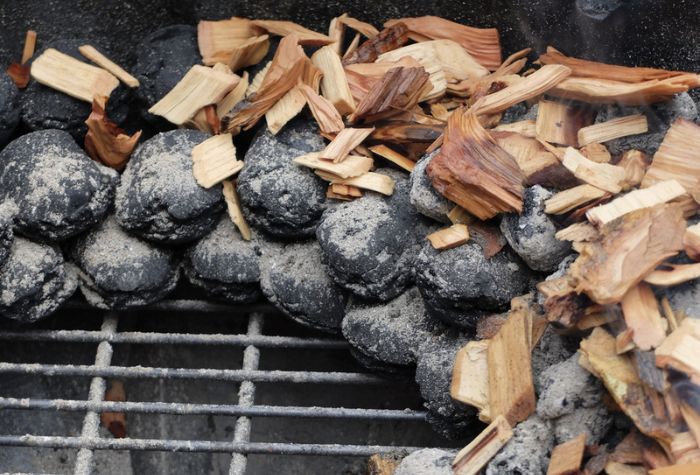
Stack Your Charcoal
A single layer of coals on the bottom of the grill will not cut it. Heat rises, and stacking coals means that the heat from the bottom can better transfer to the coals above. Stacking the charcoal means it is more likely to stay lit.
The method of stacking is helpful in a chimney starter, which is the best way to start your fire. A chimney starter uses lighter cubes or newspaper as kindling, which in turn lights the coals. The chimney starter’s chamber holds the coals tightly together in a stack while the through-draft feeds the flames with oxygen. You can then use this to light a bigger pile of coals within your grill.
To maintain consistent heat, there are a few different ways to arrange the coals within your grill:
Snake Method
The charcoal snake method involves creating a ring of coals around the grill, and then using your chimney starter to light one end. This way, the fire will gradually burn from one end to the other. This is a good way to keep temperatures relatively low within the grill, so people use the snake method for low and slow cooking.
Minion Method
The minion method is similar in that the fire gradually spreads across the coals to maintain an even burn. Lay your coals at the bottom of the grill. Then, light the center-most coals and let the heat spread out to the outer coals. As the fire gradually spreads throughout the coals, it should help to maintain a steady temperature.
Use the Right Type of Charcoal
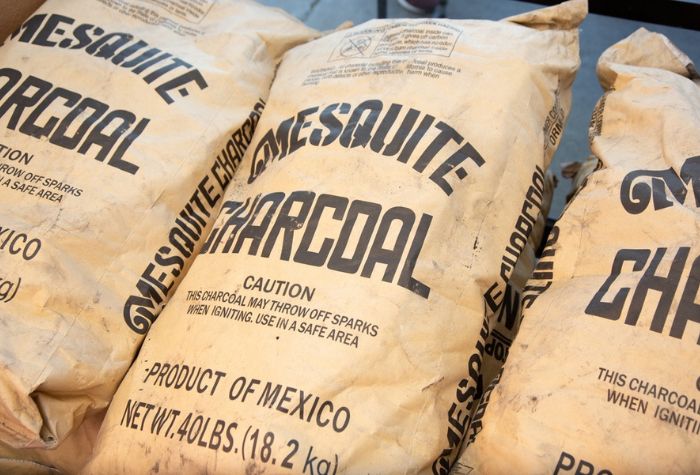
When buying charcoal, you will see that you have a couple of options: Lump charcoal or briquettes. While briquettes might be tempting due to their lower price and wide availability, we always recommend opting for lump charcoal.
The best lump charcoal will be made of high-quality hardwood and contain little-to-no additives, giving you a hot, long-lasting burn that’s easy to control. It also burns cleaner and doesn’t produce a large amount of ash.
Briquettes, on the other hand, tend to contain a mish-mash of ingredients and chemical additives that make them burn slowly and can even make them hard to light. Briquettes may have some benefits, such as burning for a longer time than lump charcoal, but the quality of the flame doesn’t make the investment worthwhile. See our breakdown of lump charcoal vs briquettes to find out more.
Use Dry Charcoal
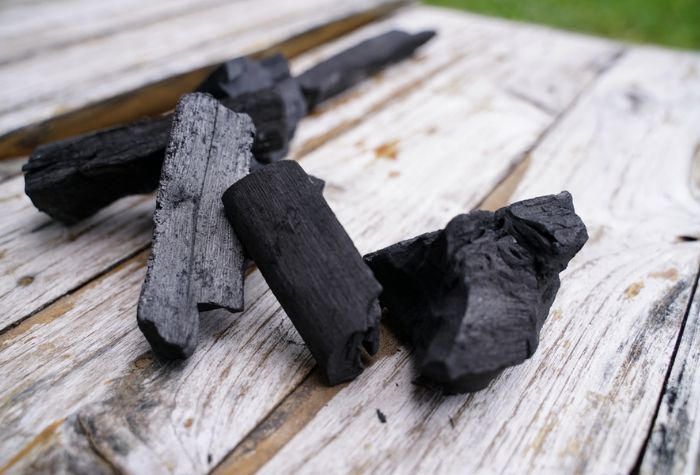
If your charcoal has absorbed any moisture, it will be very difficult to light. We’ve all done it: left a bag of charcoal out ready for the next cook and forgotten to shelter it from the rain. The next time you try to grill, you get a smoky mess or a grill that won’t light at all.
Charcoal is porous, meaning that it can act a bit like a sponge to moisture. This doesn’t just mean that you have to protect it from the rain; charcoal can also absorb moisture from the air if it is humid.
Learning good charcoal storage is crucial. An airtight container is the best option. Something like a large paint pail available at DIY stores or a plastic storage container with a locking lid can provide the protection you need from the air and ensure that the charcoal doesn’t absorb moisture between uses.
Know How Much Charcoal to Use
If you don’t have enough charcoal on the grill, it will go out. The fire needs sufficient fuel to keep going, and the coals should be close enough for the heat to build up and spread throughout the fire. If there is space between the coals, the heat will not stay concentrated, and the coal will cool down or even go out altogether.
Think about how penguins huddle together for heat. If they were all a meter apart suddenly, the heat would dissipate, and there wouldn’t be the same benefit. Keeping enough charcoal not only ensures that you have enough fuel to keep burning but also that the coals are close enough to stay hot.
As a rule of thumb, you should use roughly 30 charcoal briquettes for a small grill and anywhere between 50-80 briquettes for a large grill. For searing, the chamber should be close to full, but for low and slow cooking, you can keep it at around 30% to 40% full. Just don’t place the coals too far apart.
You may choose to keep the charcoal on one side of the grill, ensuring the fire stays strong. This also provides a cooler space on the other half of the grill to avoid burning food if it gets too hot.
Use High-Quality Dry Wood
If you are using wood for smoking on your grill, there’s a chance it can cause problems. You need to get a high-quality and dry piece of wood for smoking. Oak, hickory, pecan, and applewood are all suitable options, but you need to make sure the piece you are using is dry.
Wood should be ‘seasoned’ for use on the grill. In this context, seasoning doesn’t mean adding herbs and spices; instead, it means leaving it to dry for six months or more. You can buy seasoned wood that has been dried out in an air kiln, which is a great option if you plan to use wood on your fire. This way, you can be sure that the wood will light, as the moisture will have been removed.
If you’ve recently chopped down a tree, you might be tempted to throw some of the wood on the grill. Even if you live somewhere relatively dry and the wood appears to be dry, if it hasn’t been seasoned, it will be harder to light. Avoid the temptation to use unsuitable wood.
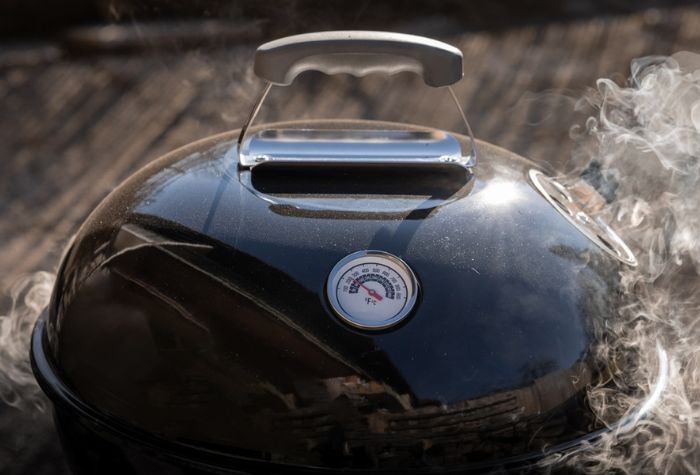
Master Your Grill’s Vents
The reason we have vents and dampers on grills is to control the flow of oxygen. Oxygen is a crucial part of the reaction that creates fire, and if you take oxygen out of the equation, the fire will quickly die.
When you’ve started your fire, you may close up the grill and assume it will keep burning, but if the dampers and vents are closed, the oxygen won’t reach the fire. You don’t always need them to be fully open, as this can cause the fire to burn hotter or more quickly, which might not be desired. However, ensuring there’s a decent level of oxygen entering the chamber is crucial.
Learning how to use charcoal grill vents is crucial to keeping your coals lit. In simple terms, using your grill vents comes down to three key stages: The first stage is to fully open both the upper and lower vents to feed your flames with oxygen; the next is to half shut them to keep the heat at a consistent temperature; while the last is to close them completely in order to allow the heat to die out.
Keep Ahead of the Weather
As we’ve established, moisture is your enemy when it comes to keeping your charcoal lit. The weather can play a significant role in the difficulty of managing your fire.
Humidity
If it is humid outside, there will be a lot of moisture in the air, which can saturate your coals. There’s no way to avoid humidity when grilling, but as long as you stack your coal properly with vertical coals, your grill should handle moderate humidity. Using a charcoal starter is another way to ensure that you get your fire off to a good start and build up enough heat initially to light the coals.
Wind & Rain
Of course, it’s essential to keep the grill away from rain as much as possible. Water will make it very difficult to keep your fire ablaze.
Wind is also the enemy of any grill or barbecue session. Gusts of wind can either make the fire burn more quickly by increasing the flow of oxygen through the grill, or a large gust could make the grill go out altogether.
If you’re likely to face these weather conditions, there are options. You can buy a commercially-made windscreen for your grill, which will surround the edges and protect the chamber from the effects of the wind. If you’re more worried about grilling in the rain, consider a canopy that can protect your grill from the elements above.
Keep Your Grill Clean
A dirty grill can make it much harder to build up the heat you need in the chamber. If you don’t keep it clean, you may get a build-up of grease or ash, which makes it much harder to light.
Ensure that the grill has been properly cleaned and dried before use. If you decide to give the chamber a rinse to get rid of the ash before grilling, that moisture will be hard to get rid of and can moisten your charcoal.
Remove the ash after each grill and stay on top of grease splatters to prevent them from becoming a problem.
